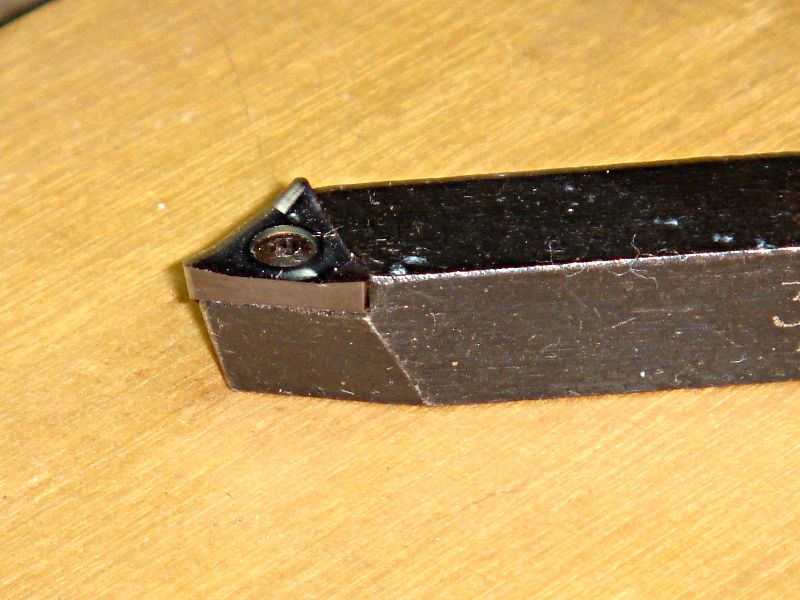Hi Geoff,
When the Lathe arrived I set up the stand on the concrete floor in my shed and managed to lift the lathe onto it, all 70 odd kilos, probably why I have some back problems now.
The only issues I had were:
1. Where the bed is bolted down, I had to open up the width of the slot on the headstock end to accept the securing bolt as part of the casting flash was filling the slot. It was very difficult to remove. A die grinder would have been ideal for the job. There was no heavy transport grease or gloop to clean off, it was pretty much RTR.
2. One of the steadies had a badly manufactured bronze pin? finger? not sure what they're called, the bit that bears on the work-piece. Warco replaced this without any fuss.
3. The drive belts were actually crossed onto the wrong pulleys so I had to make sure they were installed correctly before running the motor. I'm not sure how the manufacturer did a test with the belts in that orientation, but there is a test certificate to verify accuracy.
4. I'd suggest having somebody or a piece of kit available to help you lift the lathe into position.
After checking it all over with my novice skill level I did a few tests cuts on some ally and it all seemed ok and very accurate, I'd say within .01mm over 150mm. I get far better results with HSS lathe tools than I do with indexable so if I may suggest, save your money if you were thinking of buying a set of indexable carbide tools.
Regards,
Ed.
Ajohnw.






